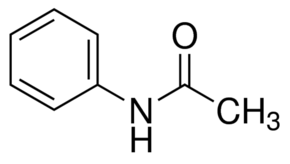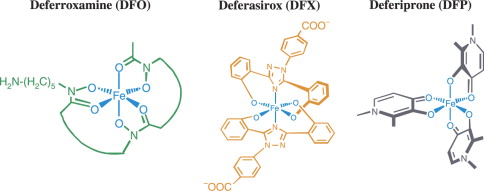- Joined
- May 22, 2016
- Messages
- 6,555
- Reaction score
- 10,117
Thanks! This is good to know. I was thinking GFO as a source of soluble Iron required some elaborate unobserved biological or chemical bankshot to occur. I much prefer simpler explanations.I think that may be incorrect.
Iron Oxide Hydroxide (GFO) Phosphate Binders by Randy Holmes-Farley - Reefkeeping.com
http://reefkeeping.com/issues/2004-11/rhf/index.htm
Another possible role may be played by the iron itself. GFO is not completely insoluble. The solubility of iron hydroxide in natural seawater is small, but still significant (0.02 - 2 ppb), although it is largely controlled by the availability of organic ligands.11-13 One interesting possibility lies in the way that soluble iron actually impacts the precipitation of calcium carbonate...
"What else does iron oxide hydroxide bind? Metals
...including trace metals, arsenic, selenium, silicate, and organics."
How would this be different for an Aluminum-based Phosphate binding media? Would it bind mostly the same things, with the possibly important difference being the Al media can't be a source of Fe?





















